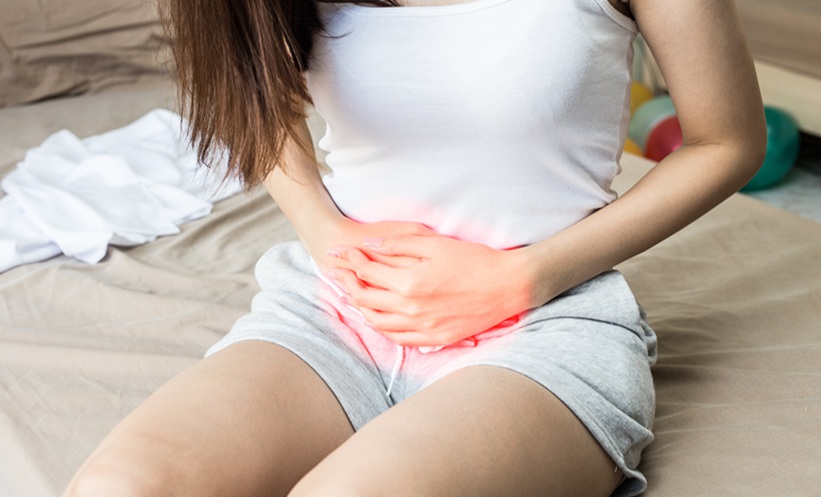Catheter-related bladder discomfort (CRBD) is a common and distressing complication following ureteroscopic surgery, driven by large-diameter indwelling urinary catheters. Patients describe suprapubic pain, urgency, frequency and sometimes urge incontinence, with moderate-to-severe CRBD reported in a substantial proportion of individuals in the immediate postoperative period. Beyond patient distress, CRBD is associated with agitation in recovery, higher analgesic requirements, prolonged hospital stay and increased healthcare burden, making effective prophylaxis an important clinical priority.
Numerous drugs have been trialled to prevent or treat CRBD, including dexmedetomidine, tramadol, ketamine and magnesium, but their use is often constrained by dose-related adverse effects such as respiratory depression, marked sedation, hallucinations, renal or gastrointestinal complications and cardiovascular instability. Ketamine’s antimuscarinic and analgesic properties have suggested utility in this setting, yet psychomimetic side effects limit wider acceptance. Esketamine, the S-enantiomer of racemic ketamine, offers theoretical advantages: greater NMDA receptor affinity, higher anaesthetic potency at lower doses, faster clearance and, importantly, a reduced propensity for psychiatric adverse effects.
The present study assessed the efficacy of sub-anaesthetic esketamine for CRBD prevention in patients undergoing ureteroscopic lithotripsy. Administration of 0.25 mg/kg esketamine significantly lowered the incidence of moderate-to-severe CRBD at 0, 1 and 6 hours postoperatively, and reduced overall CRBD rates at 0 and 1 hour, compared with control. Importantly, this dose produced minimal central nervous system effects: sedation was uncommon, hallucinations were rare and transient, and no sustained respiratory depression was observed, suggesting a favourable therapeutic index relative to racemic ketamine.
Several factors may influence temporal variations in CRBD incidence, including concurrent analgesic use (for example tramadol) and residual antimuscarinic effects of volatile anaesthetics. The study’s limitations include focus on a single urological procedure, a relatively short observation window that limits assessment of late recurrence, and reliance on subjective severity grading rather than objective urodynamic measures.
In summary, a single sub-anaesthetic bolus of esketamine at 0.25 mg/kg appears to be an effective and well-tolerated strategy to mitigate early postoperative CRBD after ureteroscopy. These findings warrant confirmation in larger, procedure-diverse trials with extended follow-up and objective bladder function assessment to define optimal dosing and safety for broader clinical application.
Reference
Wang Z et al. Esketamine for preventing catheter-related bladder discomfort after ureteroscopic lithotripsy: a randomized controlled trial. BMC Anesthesiol. 2025;25(1):361.







